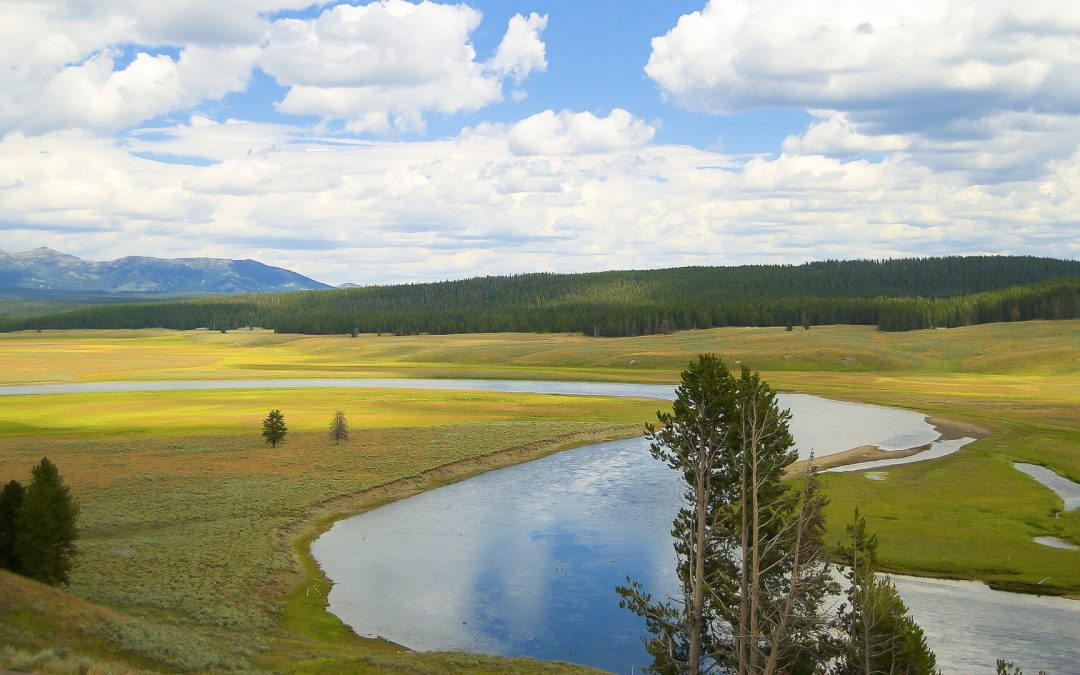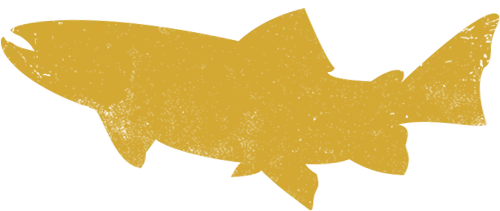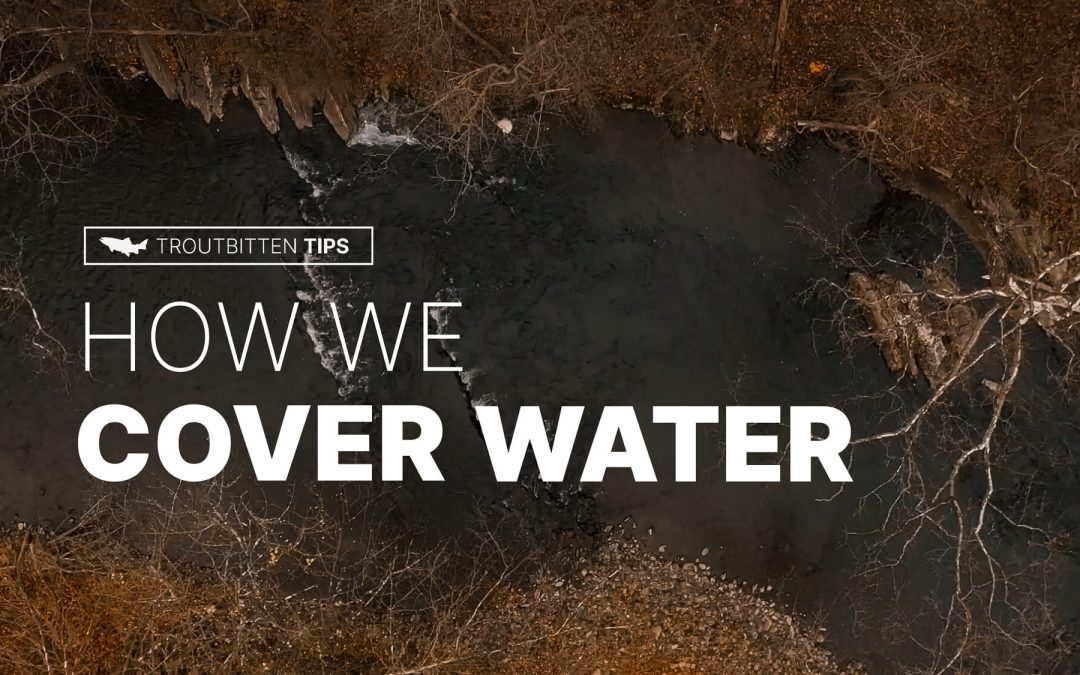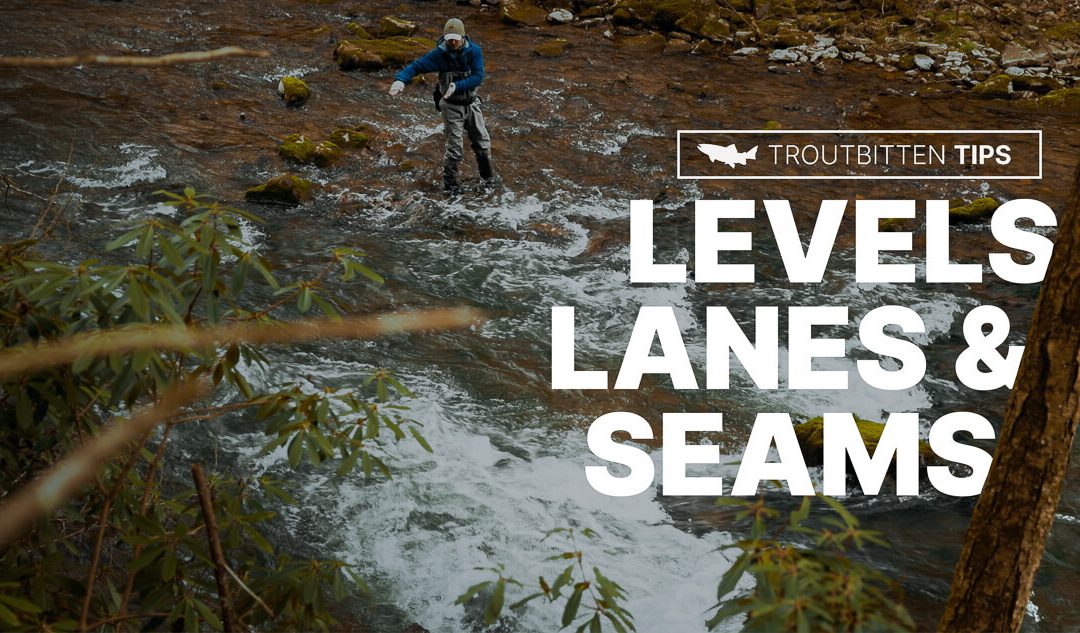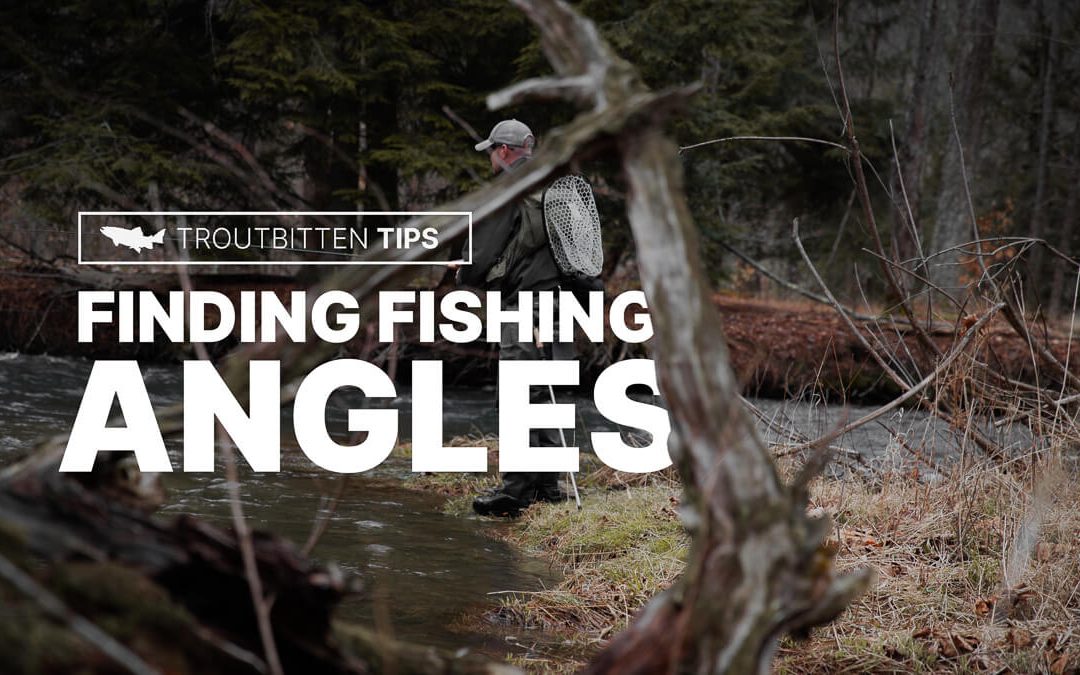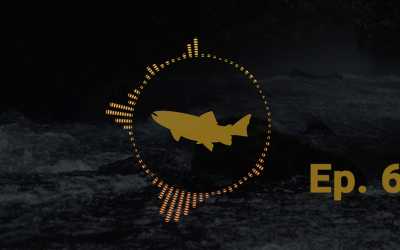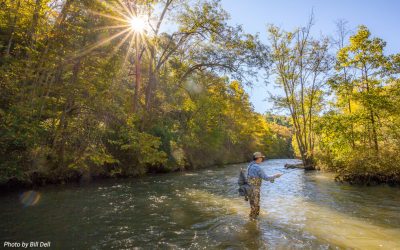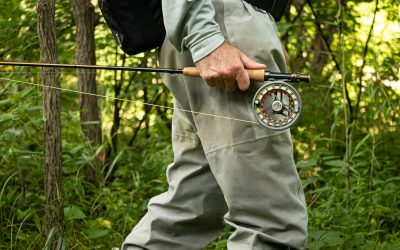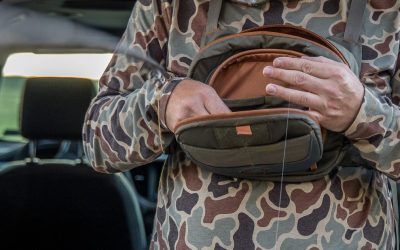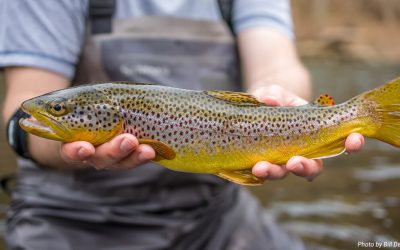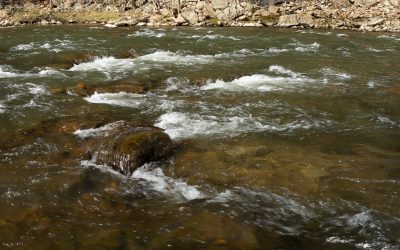Reading water is a base level skill for every river angler. While mystifying at first, finding the features of moving water becomes second nature in short order. Then, the river opens up and reveals itself, signaling where trout hold, where to cast and how to achieve the necessary presentations.
Levels, lanes and seams are not the structure of a river itself. Instead, the structures of a river — a wide gravel bar, a small island or a midstream boulder create the lanes and seams — the features of your favorite water.
This is how we read a river . . .
